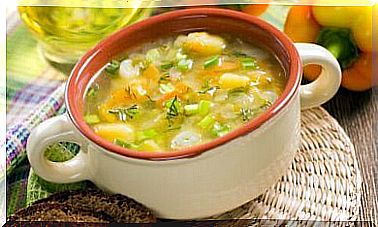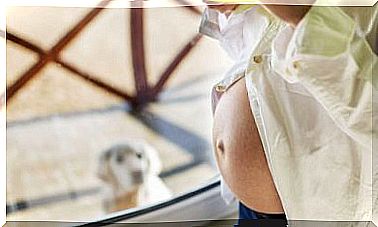Fish In Infant Food
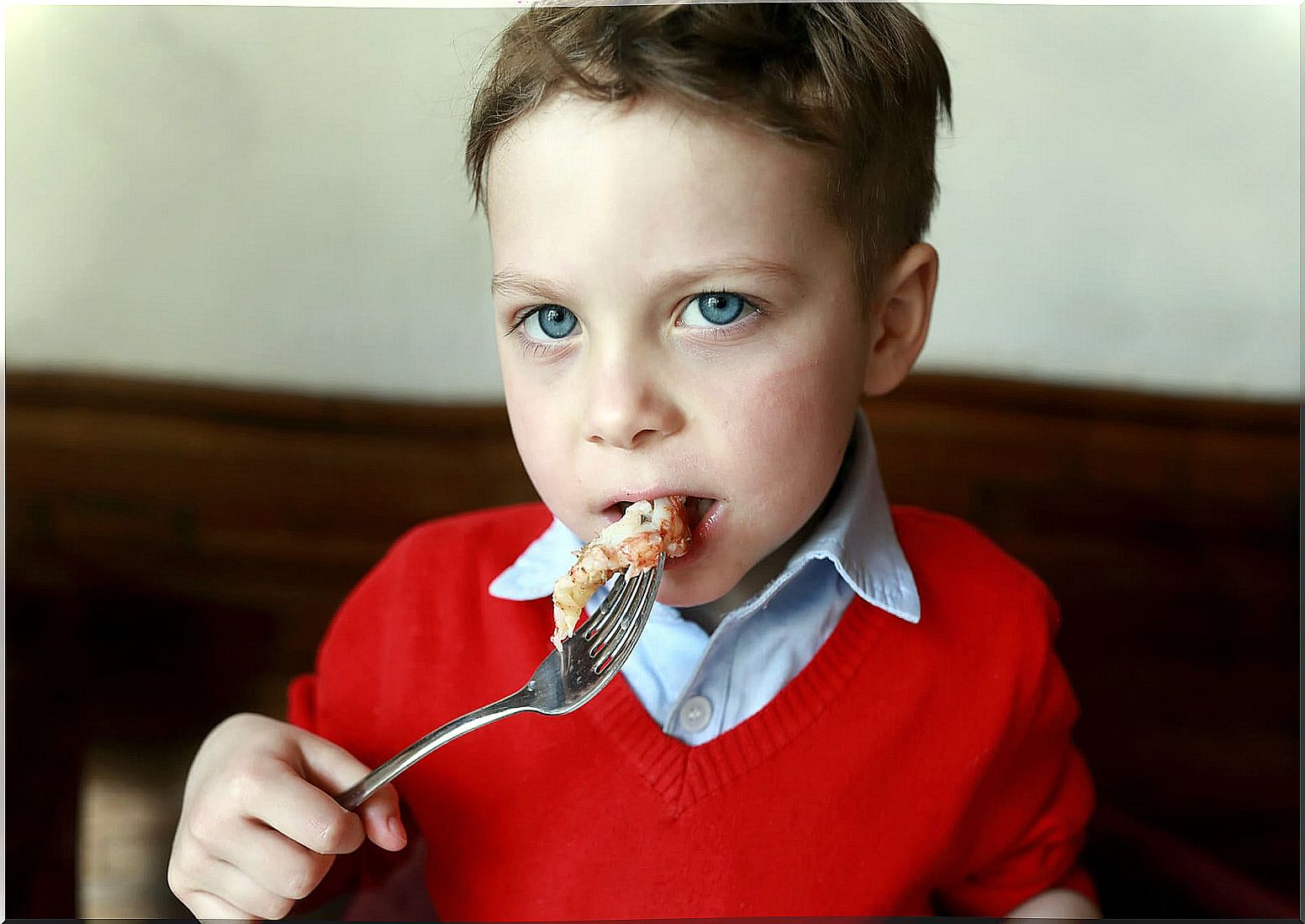
Did you know that fish consumption in Spain decreased by 1.6% from 2018 to 2019? Approximately 22.53 kg were eaten per person; in the case of couples with children, it was 10.55 kg. This is a reflection of the rejection that the little ones have, despite the benefits of fish in children’s nutrition.
In general, this food is known for its high content of omega 3 fatty acids, which prevent cardiovascular risk and are anti-inflammatory.
In addition, its usefulness in the prevention of allergies, the improvement of brain function and in different neurological diseases has been investigated. If you want to dig deeper, take a look at the article on the benefits and risks of fish and shellfish for children.
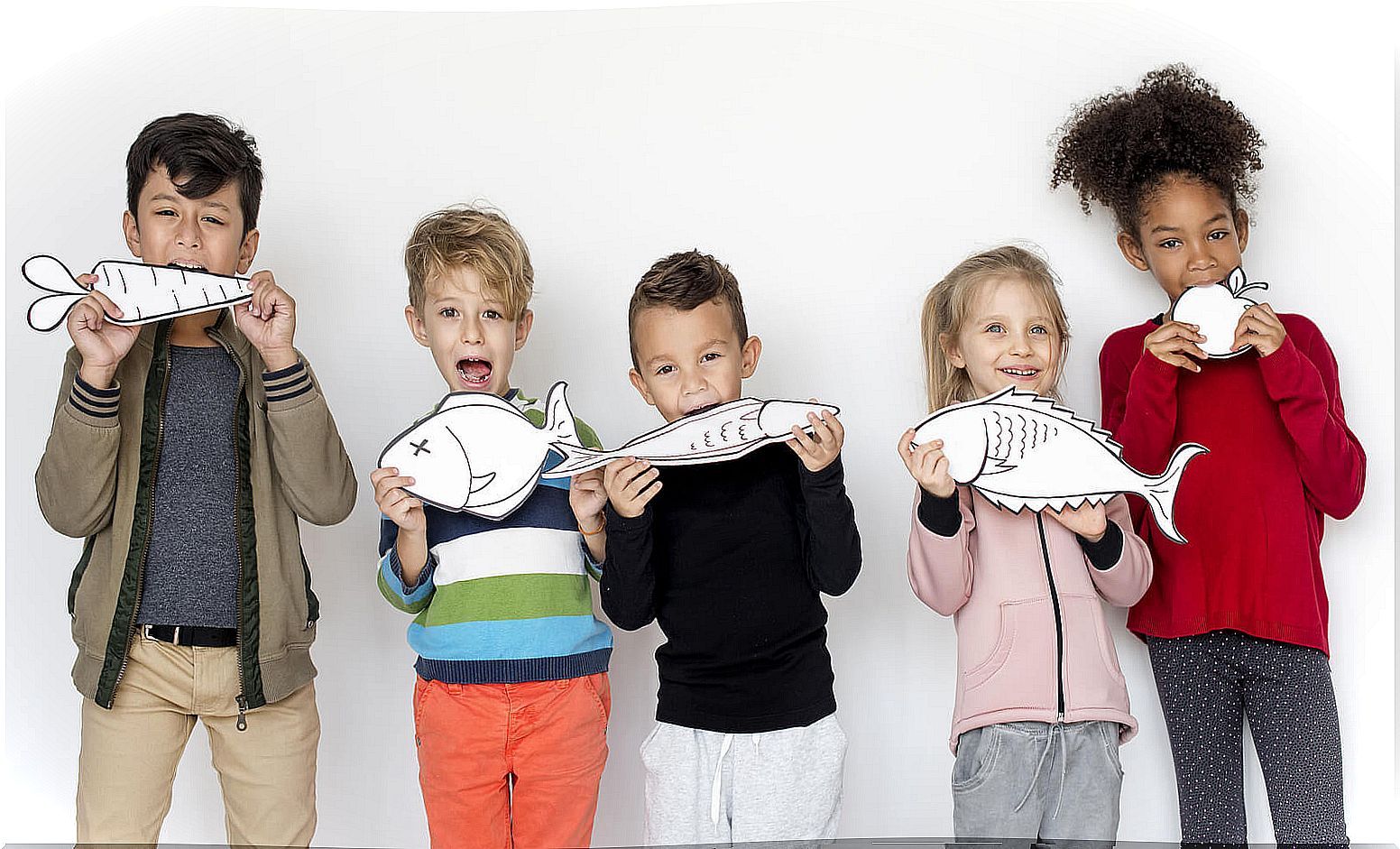
Fish and allergy prevention
It may sound strange, since fish is the third leading cause of allergy in children, but it has been seen that, introducing it before 9 months, reduces the risk of asthma, rhinitis and eczema. In addition, it increases with the dose, so consuming it more than once a week reduces the risk by 38%. On the other hand, with shellfish the opposite effect occurs, therefore, its consumption is usually delayed.
However, it is important to assess the child’s predisposition to suffer from any allergies and other factors involved such as the environment, whether they have been breastfed, among others.
Fish consumption and improved school performance
To find out how the eicosapentaenoic (EPA) and docosahexaenoic (DHA) content of fish influence brain function in children, they thought of comparing the consumption of fish versus meat or poultry.
After completing this study, they observed an improvement in attention and flexibility. Likewise, the supplementation supposed a positive change in the verbal and reading learning, especially in those children whose values of these fatty acids in blood were low.
There is also evidence about the benefits for children with attention deficit and hyperactivity disorder, since it reduces symptoms and increases memory.
Why is fish recommended in infant food in case of non-alcoholic fatty liver?
First of all, it is a chronic pathology secondary to obesity that is characterized by the accumulation of fat in the liver. In addition, it affects 5-10% of children between 8 and 12 years old and constitutes a cardiovascular risk factor when they reach adulthood.
We also believe that it is important that you keep in mind that the main treatment is lifestyle. It is focused on reducing the consumption of simple sugars, trans or hydrogenated fats (the famous palm oil), omega 6 fats versus omega 3 and increasing low glycemic index foods.
Taking into account the above, eating fish in childhood lowers triglycerides, increases HDL (good cholesterol). In addition, it improves insulin sensitivity, liver histological lesions and even the severity of fatty liver.
Is it safe to include fish in infant food because of mercury?
One of the biggest concerns around fish is the presence of mercury. It is a heavy metal found in the earth and is released into the environment by industry and rock erosion. The largest source is methylmercury, found in large oily fish, which is neurotoxic to the fetus and children under 10 years of age as it crosses the placenta.
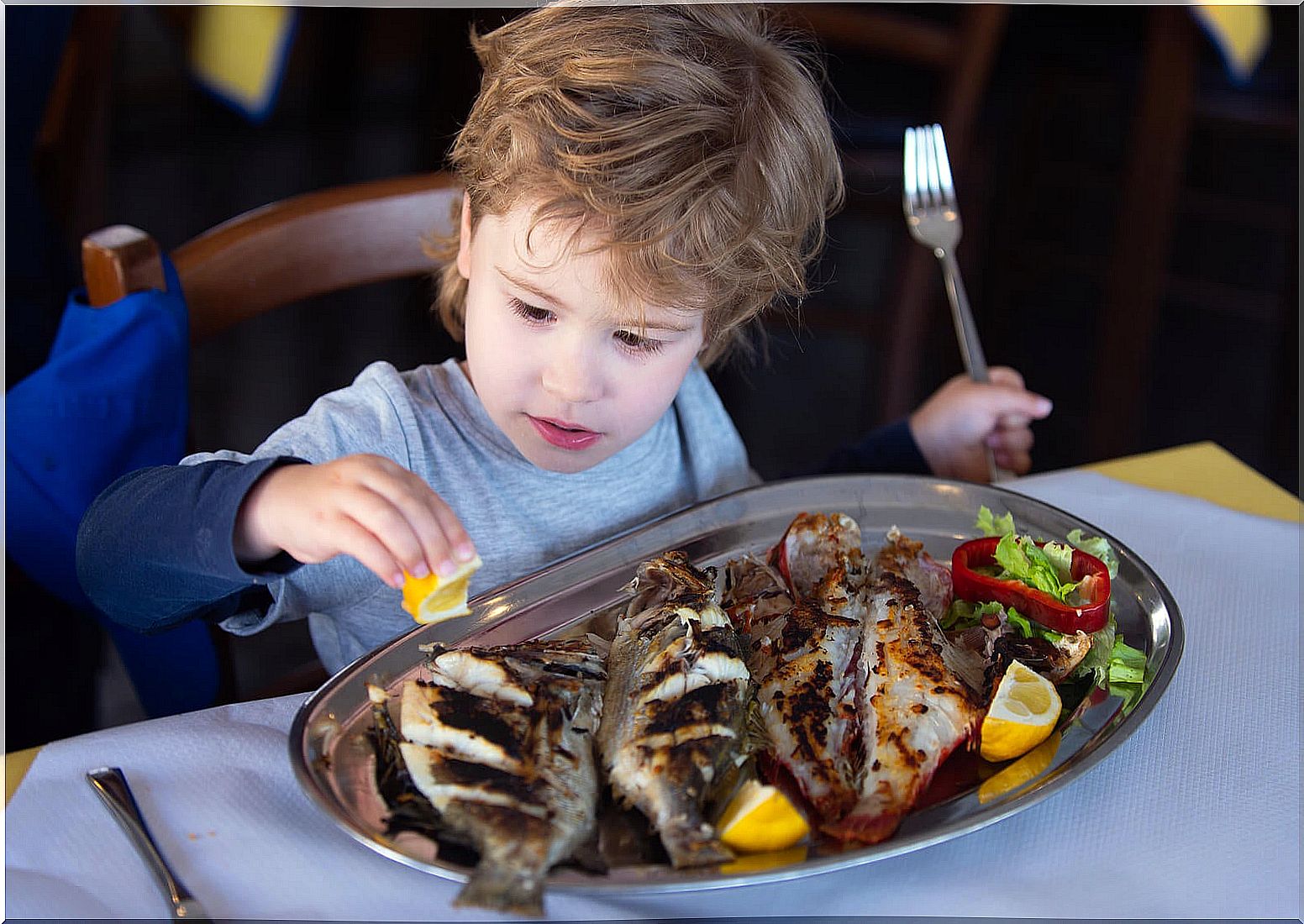
In addition, it accumulates in the liver and kidney, which is why the Spanish Agency for Food Safety and Nutrition established maximum consumption limits in vulnerable people, such as pregnant women and children.
Therefore, it is not a problem for children to eat fish, but the following recommendations must be taken into account:
- Up to 10 years, the fish with the highest mercury content, such as swordfish, blue shark, emperor, bluefin tuna, shark, dogfish, porbeagle, dogfish and pike are not recommended.
- From 10 to 14 years old, the aforementioned high content can be offered as long as they do not exceed 120 g per month.
- As for white fish and other blue fish such as sardines, anchovies, trout and salmon, there is no problem that they take 125 g for 3-4 times a week.
In summary, fish in infant food provides a greater number of benefits than risks. In addition, it is the main source of omega 3, iodine, selenium, vitamins A and D. However, if you have any questions about it, always consult a doctor for advice on this.








